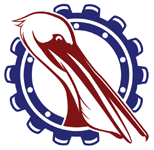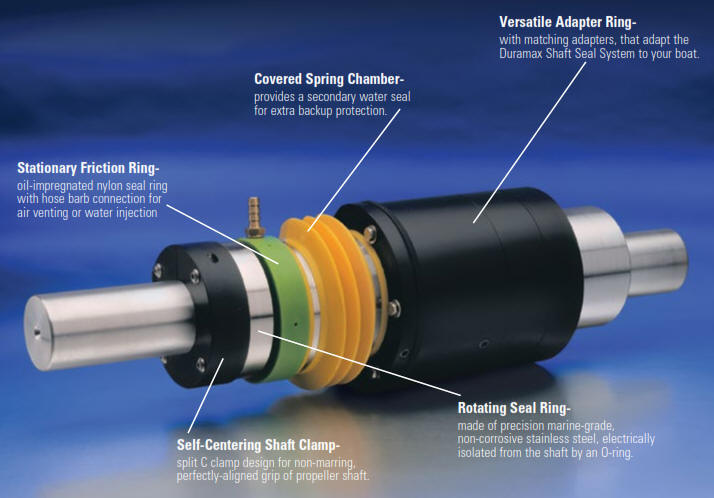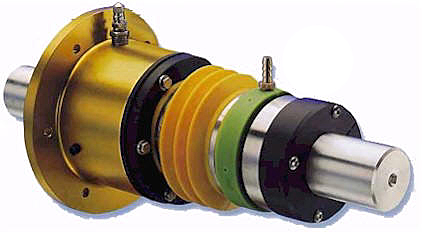|
|||||||||
| How PM&I Can Help Prevent Delays | |||||||||
| Free Classified Equipment Ads: Global & Comprehensive | |||||||||
| Purchase ONLINE Select Products Only | |||||||||
|
|||||||||
|
|
|||||||||
|
|
|||||||||
| Join PM&I's Email Newsletter List | |||||||||
| Free Classified Equipment Ads: Global & Comprehensive | |||||||||
| California ◊ Florida ◊ Shanghai ◊ Germany | |||||||||
| Lagos Nigeria ◊ Valparaiso Chile ◊ Dubai UAE | |||||||||
| Trusted Since 1985 | |||||||||

 |
|||||||||
|
Pacific Marine & Industrial is a registered service mark of: |
|||||||||
| Quality Pacific Manufacturing, Inc. | |||||||||
| Copyright 1985-2024 | |||||||||
| All Rights Reserved - V2 | |||||||||


